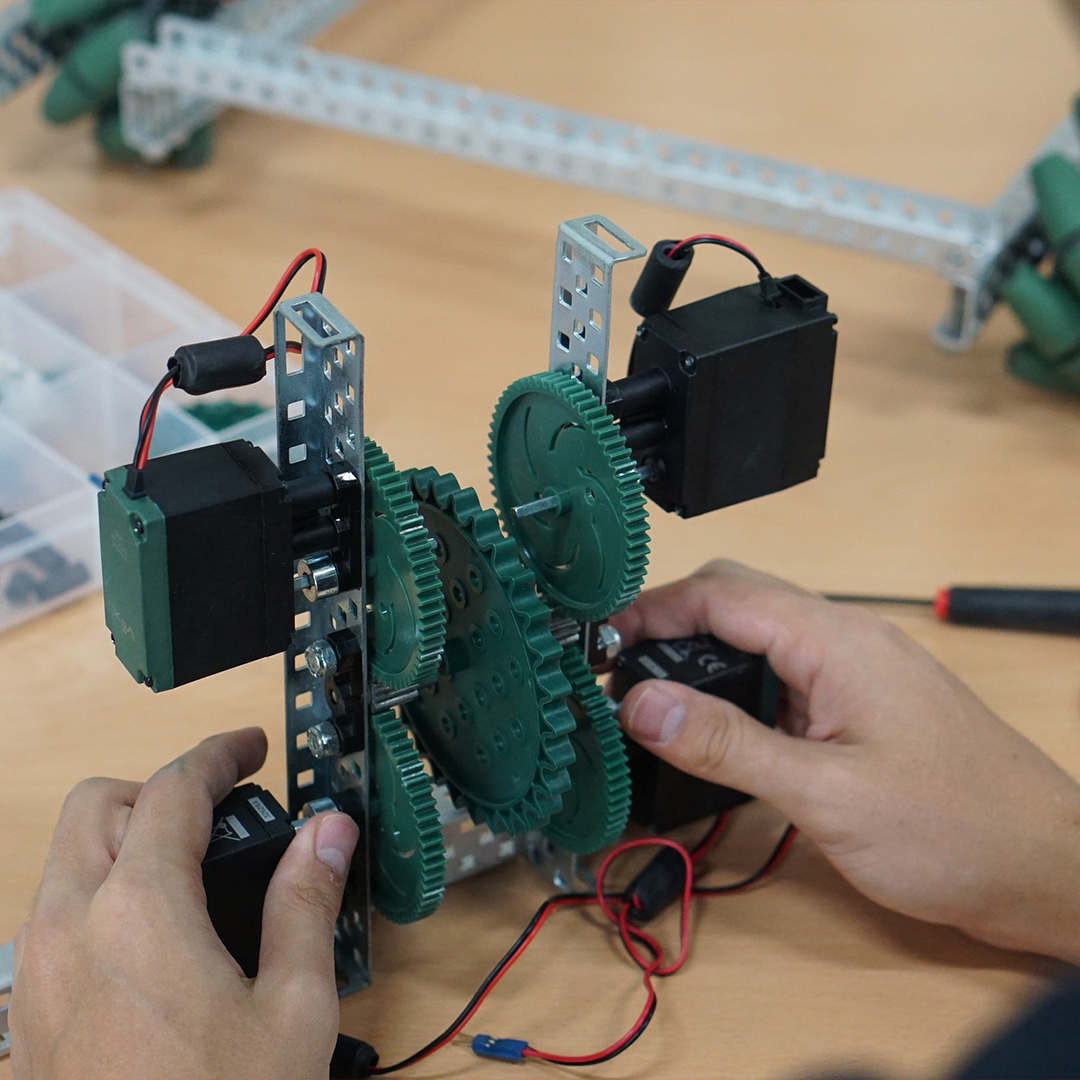Before enrolling in the course I expect that you must be having a good idea about current electricity, semiconductors, diodes, capacitors, etc. If you don't have any idea about it then you can enroll in the Mastering Analog Circuit Design: Diode & Capacitor Fundamentals which deal with all these concepts in depth.
Do you know that your smartphone has millions and billions of transistors but I'm damn sure you don't what is their significance or how they work?
To take ECG from the heart, along with an electrode you will require signal conditioning circuits which will enhance the overall signal,
In various low-end applications, you need to control the motor and this is generally done by transistors,
To amplify the signal amplifier is required,
In your smartphone, lots of logic gates are present that switch on and off very quickly to carry out certain tasks and all of these things are done by Transistor. Thus this course is highly recommended for Biomedical, Electrical, Electronics, Instrumentation, and Robotic engineering students.
@ Roadmap:-
1. Importance of Transistor
2. Definition of Transistor
3. Types of Transistors
4. Understanding the basics of BJT transistors.
5. Types of BJT transistors
6. Why NPN is preferred over PNP
7. Why area of the collector region is greater than the emitter region?
8. Characteristics of BJT
9. What is biasing and the need for biasing transistors?
10. Different biasing techniques of transistors
11. Stability factor
12. Numericals + Simulation of circuits on proteus software
13. BJT as a switch
14. BJT as an amplifier
15. 3-Mini projects






















































zulkrnanjutt Bhutta
-
08 Mar 2025Analog Electronics Design & Simulate BJT Circuits on PROTEUS
Said Amin
-
03 Jan 2025The course content is clear and engaging, helping you master analog electronics with hands-on PROTEUS simulations
Sarat Chandra
-
15 Dec 2024The hands-on approach using PROTEUS for simulation makes it perfect for visual learners, allowing you to design and test circuits in real-time. Whether you’re a beginner or have some experience, this course provides a solid foundation in analog electronics and BJT circuits, with practical applications that help reinforce learning